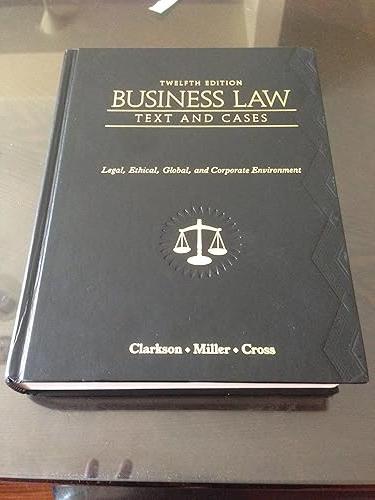Plaintiff [B-Sharp Musical Productions, Inc.,] and defendant James Haber entered into a contract pursuant to which plaintiff
Question:
Plaintiff [B-Sharp Musical Productions, Inc.,] and defendant James Haber entered into a contract pursuant to which plaintiff agreed to provide a designated 16-piece band on a specified date to perform at Mr.
Haber’s son’s bar mitzvah. Mr. Haber was to pay approximately $30,000 for the band’s services. The contract contained a liquidated damages clause stating, in pertinent part, “If
[the contract] is terminated in writing by [Mr. Haber] for any reason within ninety (90) days prior to the engagement, the remaining balance of the contract will be immediately due and payable. If [the contract] is terminated in writing by [Mr. Haber]
for any reason before the ninety
(90) days period, 50 percent of the balance will be immediately due and payable.” Less than 90 days prior to the date of the bar mitzvah, Mr. Haber sent a letter to plaintiff notifying it that he was canceling the contract.
After Mr. Haber refused plaintiff’s demand that he pay the remaining amount due under the contract—
approximately $25,000—plaintiff commenced this action against Mr. Haber and his wife, defendant Jill Haber. Civil Court granted plaintiff’s motion for summary judgment on its cause of action to enforce the liquidated damages clause and denied defendants’ cross motion for partial summary judgment dismissing that cause of action and the complaint as against Mrs. Haber.
Given the nature of the contract and the particular circumstances underlying this case, Civil Court correctly determined that the subject provision of the contract is an enforceable liquidated damages clause, not an unenforceable penalty. “The clause, which in effect uses an estimate of [plaintiff’s]
chances of rebooking the [band] as the measure of [its] probable loss in the event of a cancellation, refl ects an understanding that although the expense and possibility of rebooking a canceled [performance] could not be ascertained [determined] with certainty, as a practical matter the expense would become greater, and the possibility would become less, the closer to the [performance] the cancellation was made, until a point was reached,
[90] days before [the performance], that any effort to rebook could not be reasonably expected.” [Emphasis added.]
Defendants’ argument that the cause of action to enforce the liquidated damages clause must be dismissed because the clause does not comply with the type size requirement of CPLR [New York’s Civil Practice Law Rules] 4544 is without merit. In an effort to demonstrate that the clause did not comply with the statutory type size requirement, defendants submitted a copy of the contract with the image of a ruler imprinted in the margin. However, defendants failed to establish that the type size of the copy they submitted is identical to that of the original contract, a critical failure given the precision with which type size must be measured and calculated.
Therefore, defendants failed to raise a triable [one that could go before a judge or jury] issue as to whether the clause violated the statutory type size requirement.
We agree with defendants that the complaint should be dismissed against Mrs. Haber. The contract was signed only by Mr. Haber, and no triable issue exists as to whether Mr. Haber executed the contract as Mrs. Haber’s agent. We note in this connection that an agency relationship may not be implied or inferred solely by reason of the marital relationship of the couple.
This constitutes the decision and order of the court.
Questions:-
1. In deciding whether a clause provides for liquidated damages or a penalty, should the courts ever consider the circumstances that caused the nonperforming party to breach the contract? Explain.
2. Why did the court determine that the contract clause at issue was an enforceable liquidated damages clause and not an unenforceable penalty clause?
Step by Step Answer:

Business Law Text And Cases Legal Ethical Global And Corporate Environment
ISBN: 9780538470827
12th Edition
Authors: Kenneth W. Clarkson, Roger LeRoy Miller, Frank B. Cross





